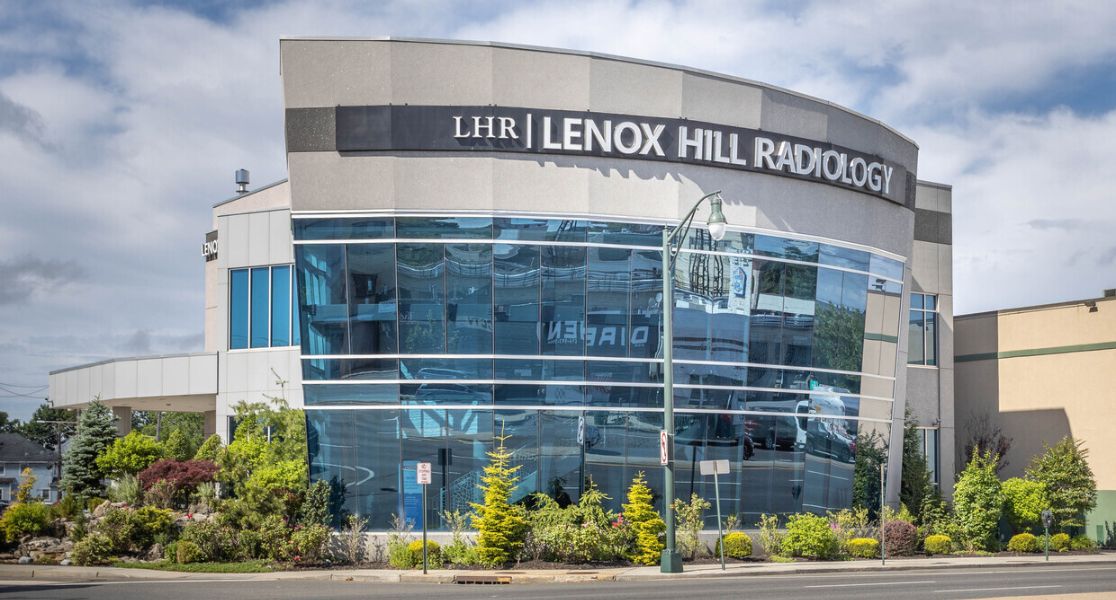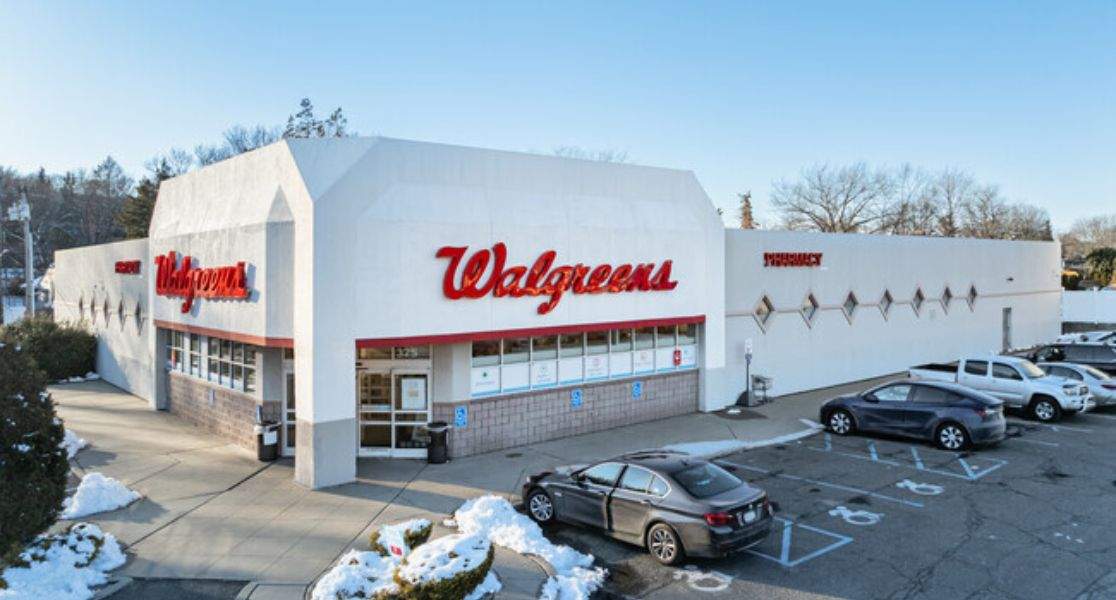After crafting an article on Long Island’s Gold Coast, I began to wonder how much I truly knew about the history of early Long Island and how it came to be. Having knowledge of the place in which you grew up, or the place in which you’ve decided to establish your roots is an important thing. It helps you feel connected to where you live. In this article, we will be discussing some of Long Island’s firsts: first settlers, first colonies, first governments, and first means of transportation.
The First Long Islanders
It’s important to remember that the first Long Islanders were not European explorers but Native Americans who made Long Island their homeland at least 9,000 years before Europeans ever stepped foot here. The first Europeans to arrive to Long Island were Henry Hudson and his crew of men in 1609. They were actually looking for a shortcut to India but never found one. They did not stay on Long Island. The first white settler on Long Island was Lion Gardiner. Gardiner and family came across from Saybrook, Connecticut in 1639 and purchased Gardiner’s Island, where he and his family made their home. The next to settle on Long Island came across the sound from the colonies of New England in companies of eight to fifteen families each, and made independent settlements on Eastern Long
Early Settlements
With these families forming settlements on Eastern Long Island the first Long Island towns were created: Southold and Southampton in 1640, East Hampton in 1648, Shelter Island in 1652, Huntington in 1653, Brookhaven in 1655, and Smithtown in 1663. The very first settlements were set up near the sea because the sea was the only means of communication and transportation. Long Island’s population at this time was made up mostly of farmers and jobs associated with the agricultural community. The principle crops were grain, tobacco, pumpkins, and melons. There were also livestock farms such as hogs, sheep, cattle, and horses. Long Island’s early economy was based on the barter system, which is the exchange of goods for services. Long Island also had a large fishing industry.
Governed and Controlled
Each town was at first an independent government. Committees were appointed to investigate the character of those men who wanted to join the early settlements. Public town meetings of the people were held annually and sometimes more often for the election of officers and the enactment of such laws and regulations as the times required. After managing their own affairs for a few years the towns of Eastern Long Island placed themselves under the protection of Connecticut for better protection of the settlements against any possible invasions. At this time Long Island was under British crown.
In 1665, still under British control, the then governor called a meeting in Hempstead and each Long Island town was required to send two deputies who were furnished with a code of laws called the “Duke’s Laws.” These laws contained many of the regulations regarding Sabbath breaking, drunkenness, profanity, slander, etc., that had been common in the towns before this. This new division of government was called “Yorkshire.”
Until this point, governors changed frequently and the control of the New York colony (which included Long Island) went from English to Dutch, and back to English all by year 1674. In 1683, Long Island contained three of the original twelve counties of the British Province of New York: Kings, Queens, and Suffolk. At that time Queens County included all of present-day Nassau County and a small portion of Western Suffolk County. It was not until 1899 that the Eastern-most part of Queens County became Nassau County.
Original Means of Transportation
Fast-forward a bit to the 19th century; Long Island was still mainly rural and agricultural. Suburbanization started on Long Island when reliable steam ferry service allowed prosperous Wall Streeters to get to new Brooklyn Heights homes for dinner. Until the 1833 completion of the Brooklyn Bridge, the only connection between Long Island and the rest of the United States was by boat. What is known today as the Long Island Rail Road (LIRR) began as a combined ferry rail route to Boston through Greenport. The LIRR began service in 1836 from the ferry terminal in Manhattan through Brooklyn to Jamaica in Queens, and completed the line to the East End of Long Island in 1844. The growing railroads opened up more than 90 stations between Nassau and Suffolk Counties; this laid the foundation for the future surbanization of Long Island. From 1830 until 1930 Long Island’s population roughly doubled every twenty years.





